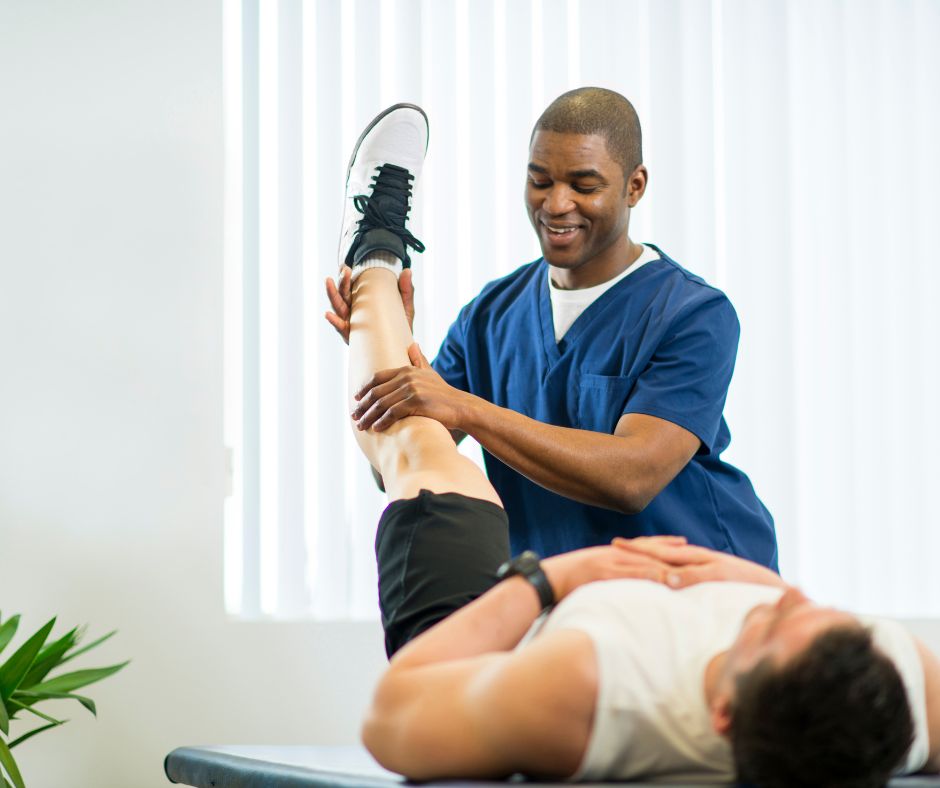Assessing the Interaction of Joint Flexibility and Stability in Patient Results
Joint mobility and stability are essential elements that impact patient outcomes in physical therapy and therapy. Articular range of motion refers to the extent of movement available at a joint, while steadiness entails the ability to maintain management of that articulation during activity. When patients have optimal articular range of motion, they can navigate their limbs unrestricted, which is vital for performing daily activities. On the contrary hand, steadiness helps prevent harm by allowing the system to maintain proper positioning and balance during these movements. Grasping how these two elements interact can lead to improved treatment plans and enhanced recovery for patients.In numerous cases, clients with joint discomfort or traumas often experience a decrease in movement. For example, conditions like arthritis can limit how far a joint can shift, making it difficult for people to execute tasks such as ambulating or climbing stairs. Physical therapists commonly focus on exercises that enhance mobility through flexibility work and fortification. These exercises can help reestablish the range of motion, making it more manageable for patients to participate in their everyday tasks. However, enhancing range of motion without accounting for stability can lead to further injuries, highlighting the necessity for a holistic approach.

Stability is equally important in therapy. When a articulation is deficient in steadiness, it becomes more vulnerable to harm during movement. For example, an wobbly knee joint can result to strains or tears while running or leaping. To improve stability, rehabilitation specialists may incorporate activities that fortify the muscles around the joint. These exercises help reinforce the joint and avert excessive movement that could result to injury. By concentrating on both mobility and control, rehabilitation specialists can provide a comprehensive treatment plan that addresses the unique requirements of each patient.
The interaction between joint movement and control is especially evident in sports medicine. Sports participants often require a high level of both flexibility and control to execute at their optimal. For example, a gymnast needs musculoskeletal pain management techniques to have limber joints to perform complex actions while also preserving control to prevent falls. In athletic conditioning, coaches and coaches emphasize the significance of cultivating both aspects to enhance ability and reduce the chance of injuries. This method ensures that athletes can perform efficiently while keeping their joints musculoskeletal assessment in athletes protected during rigorous exercises.
Ultimately, comprehending the connection between articular movement and stability can lead to improved outcomes for patients in multiple environments, from therapy facilities to sports training centers. By promoting both elements, healthcare professionals can help patients recover their power and confidence. This integrated approach not only helps in rehabilitation but also equips people with the tools they need to avert future harm. As research progresses to evolve in this field, the importance of integrating range of motion and control in care plans will continue to be a central focus for enhancing patient care and overall health.